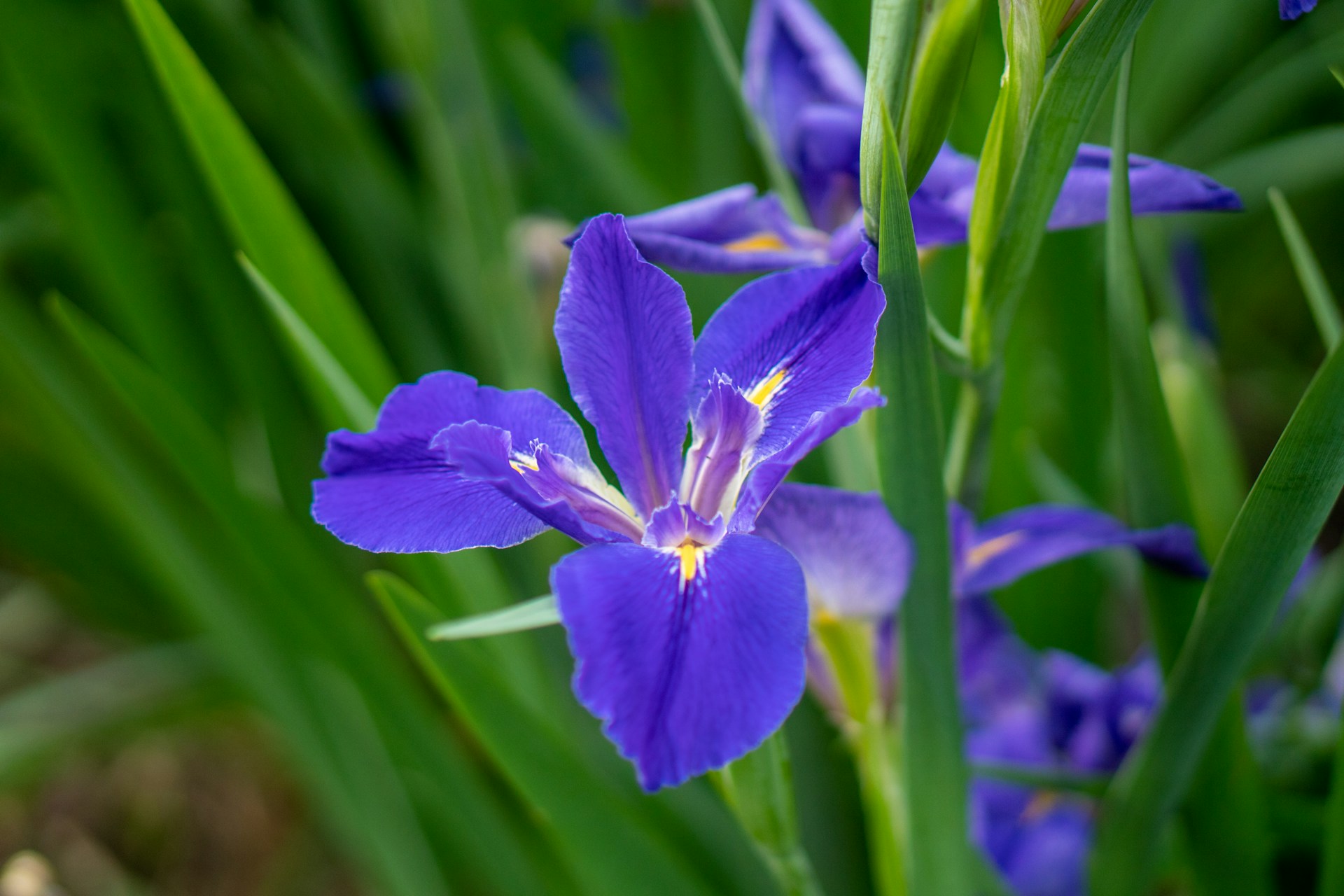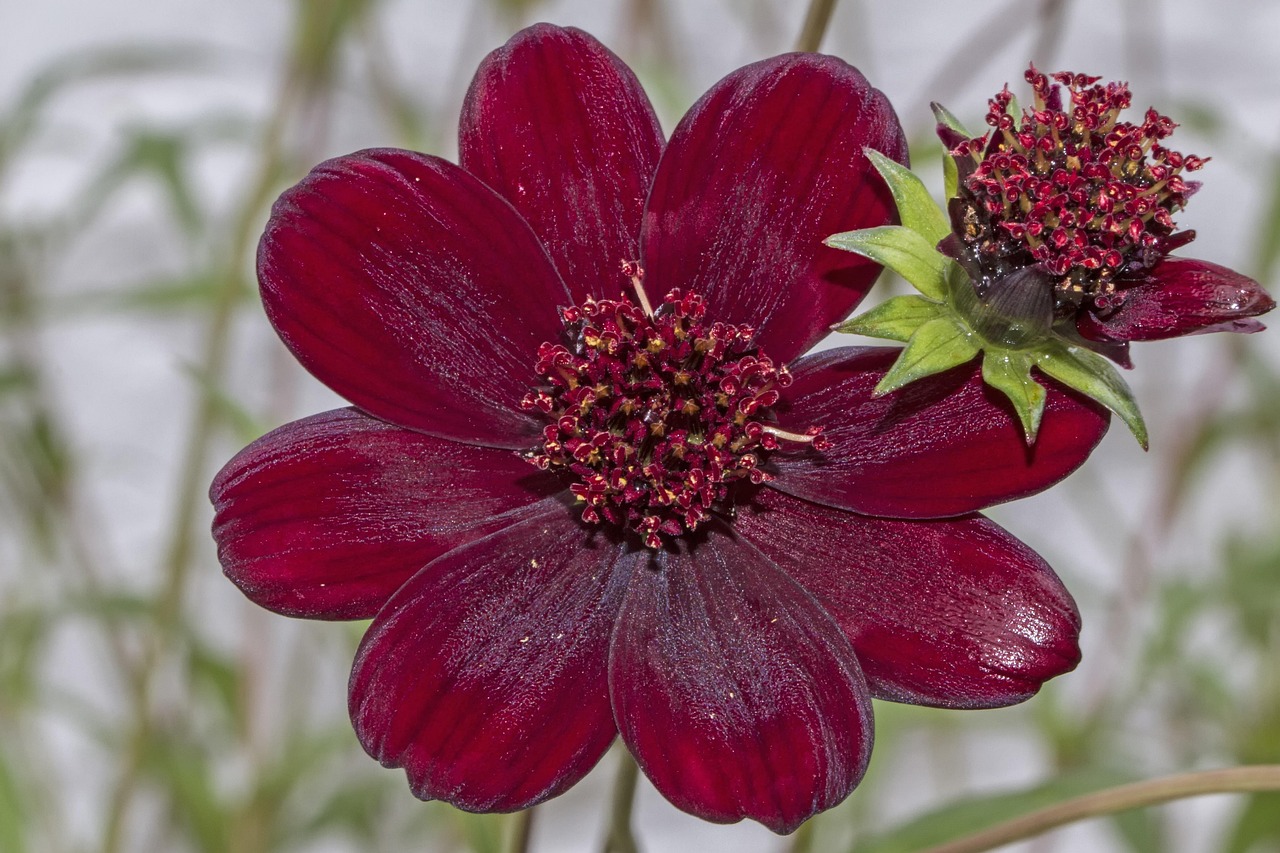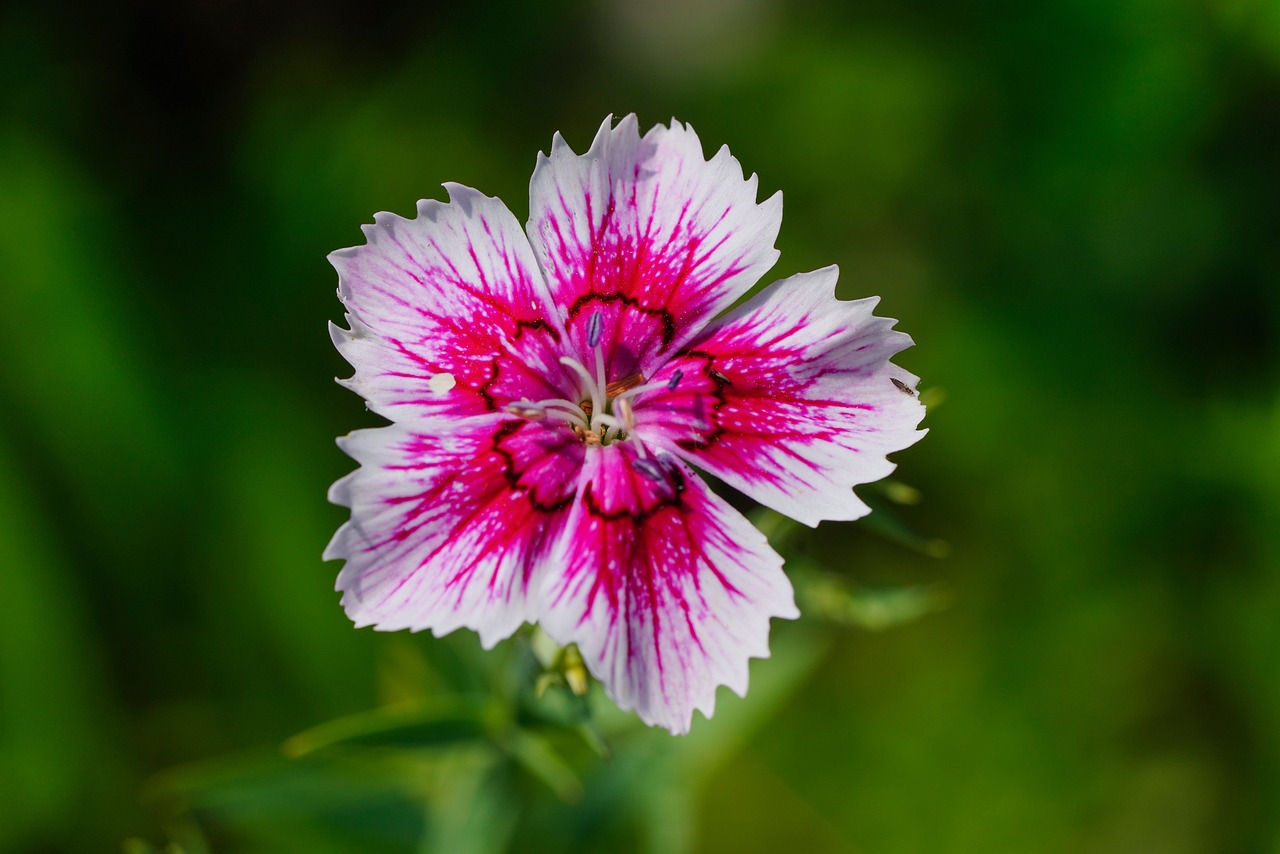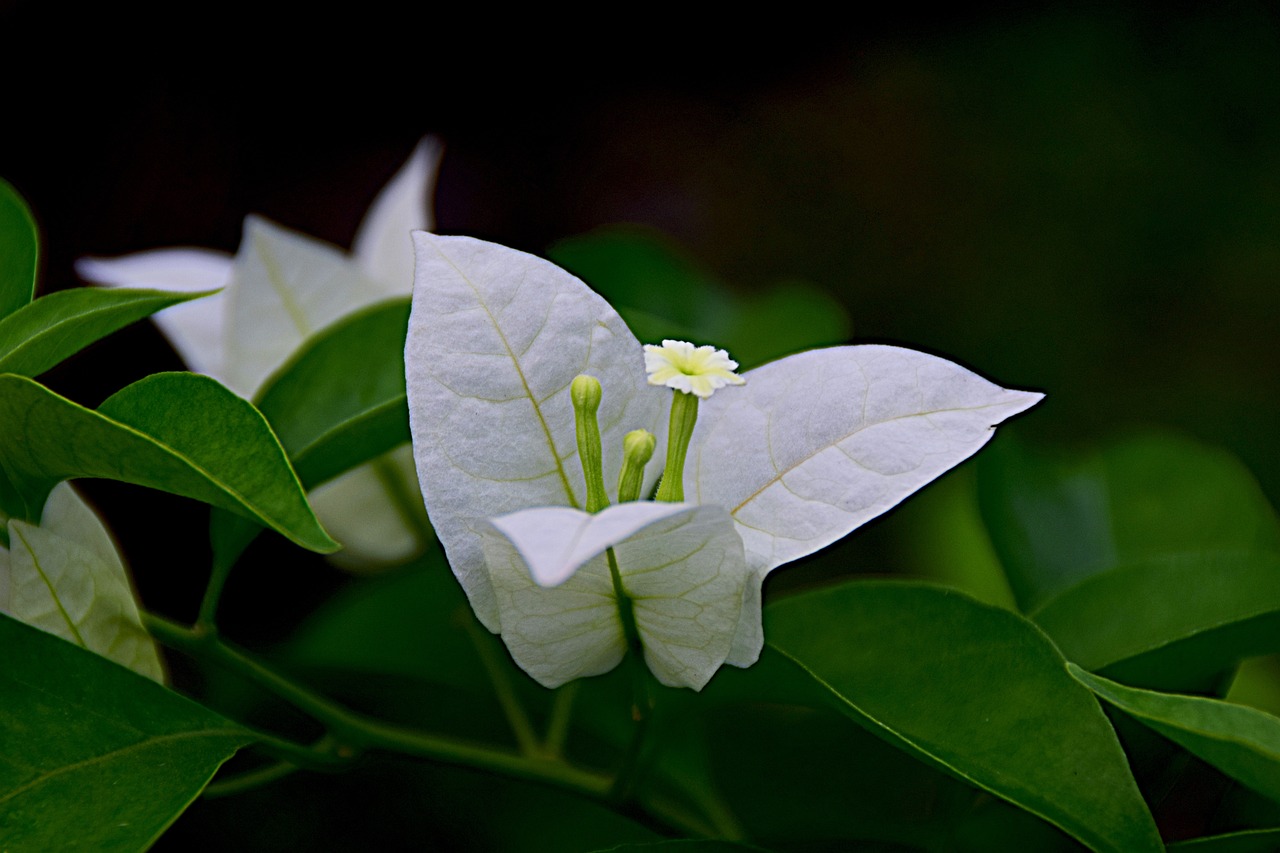Astilbe | Graceful Plumes Swaying in European Gardens
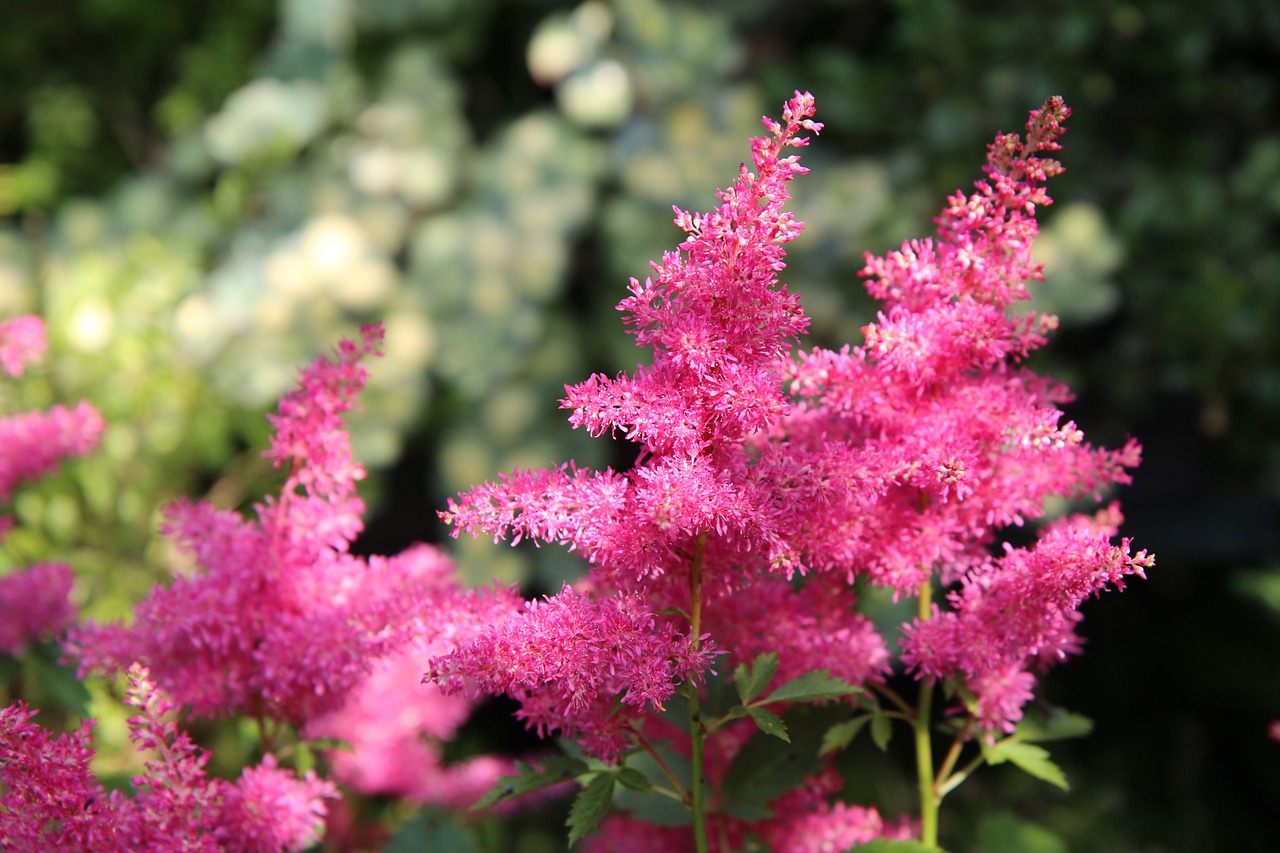
Astilbe is a perennial plant distinguished by its feathery, plume-like flowers. With its graceful appearance and rich variety of colors, it is highly valued for adding beauty to gardens and shade areas.
In this article, I will provide detailed information about Astilbe, including its basic characteristics, cultural significance, history, and tips for successful cultivation.
Basic Information
- Scientific name: Astilbe spp.
- Family: Saxifragaceae
- Origin: Eastern Asia, North America
- Appearance: Astilbe grows to a height of about 30–90 cm. It has attractive pinnate leaves and plume-shaped clusters of tiny flowers. The blooms come in a wide range of colors—white, pink, red, and purple—which brighten any garden. Depending on the variety, the foliage may range from deep green to reddish tones, offering ornamental value even outside the flowering season.
- Flowering period: Early summer (June–July). Some varieties bloom as early as May, while others continue until August.
Cultural Significance Around the World
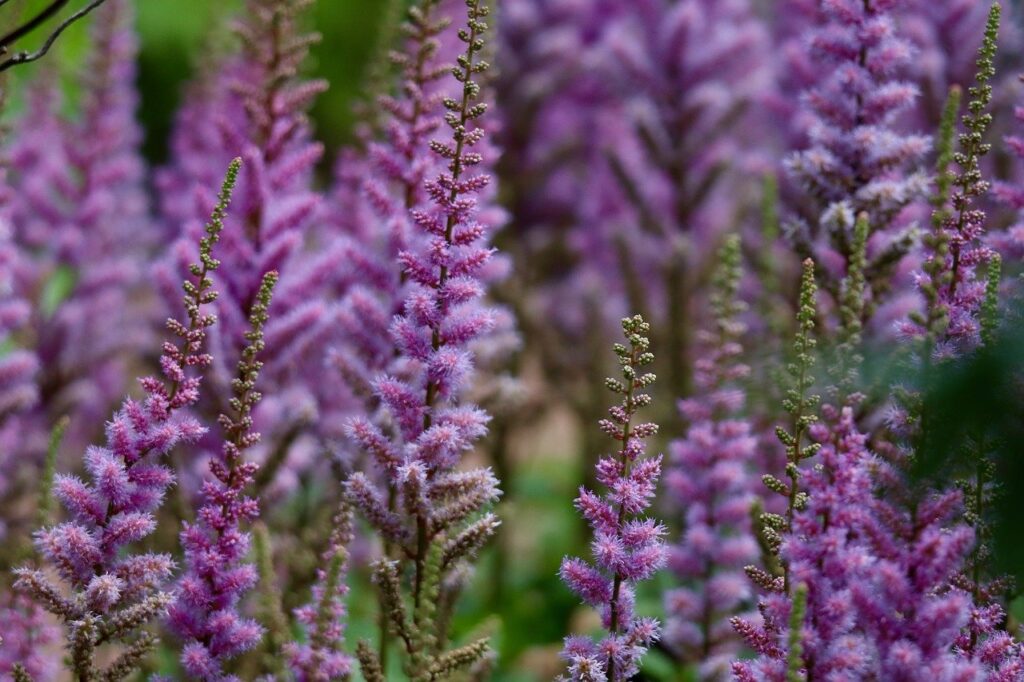
Astilbe has long played an important role in Western garden culture due to its refined beauty.
In the United Kingdom, it is a classic choice for shade gardens. Its delicate, fluffy flowers are perfectly suited to naturalistic and cottage-style gardens, where they contribute an elegant atmosphere.
In Japan, a related species known as Shimotsukesō has been cherished as a wild mountain plant since ancient times. It often grows in clusters in mountainous regions and is also incorporated into traditional Japanese-style gardens for its natural charm.
Historical Background
The name “Astilbe” derives from Greek, meaning “without brightness.” It reflects the idea that while the flower plumes may appear inconspicuous from afar, their delicate beauty becomes striking upon closer view.
By the late 19th century, Astilbe had been introduced to Europe from China and Japan, where it quickly became part of English and French garden design.
German horticulturist George Arends developed numerous cultivated varieties with diverse colors and forms. Thanks to his efforts, Astilbe gained worldwide popularity and is now planted in private gardens and public spaces alike.
Gardening Advice

Astilbe thrives in moist environments, making it ideal for shaded or partially shaded gardens. With proper care, it produces vibrant and long-lasting blooms. Here are some key tips:
Light
Prefers partial to full shade. Avoid strong direct sunlight to prevent leaf scorch.
Watering
Keep the soil consistently moist, especially in summer. Water generously when the surface soil begins to dry.
Soil
Well-drained yet moisture-retentive soil enriched with compost or leaf mold is ideal.
Fertilization
Apply slow-release fertilizer in spring as a base. After flowering, add supplementary fertilizer to encourage healthy growth and improve next year’s blooms.
Pruning
Remove spent flower plumes promptly. In winter, cut back withered stems to ground level and wait for fresh shoots in spring.
Winter care
Astilbe is cold-hardy and generally needs no protection, but mulching around the roots is recommended in colder climates.
Conclusion
Astilbe, with its refined and elegant flower plumes, is an indispensable plant for gardens and shaded landscapes.
Since it thrives in moist soil and blossoms beautifully even in shaded areas, it is an excellent choice for enhancing the charm of a shaded garden.
I encourage you to add Astilbe to your garden and enjoy the beauty it brings.


